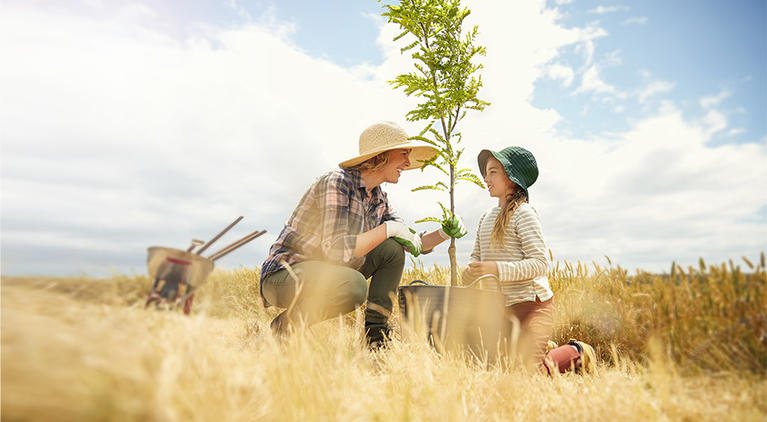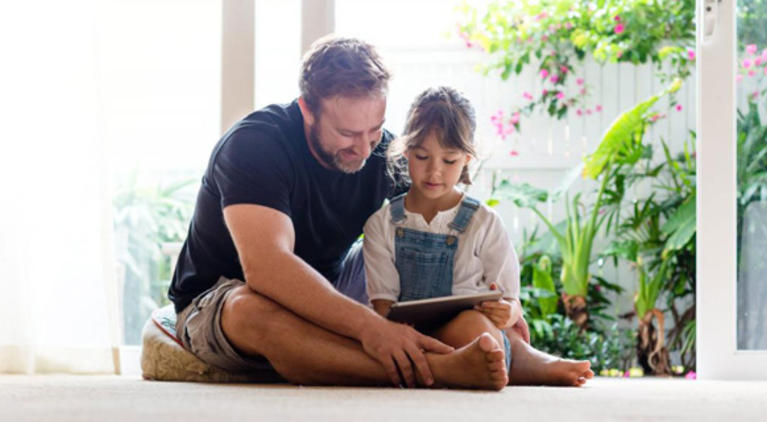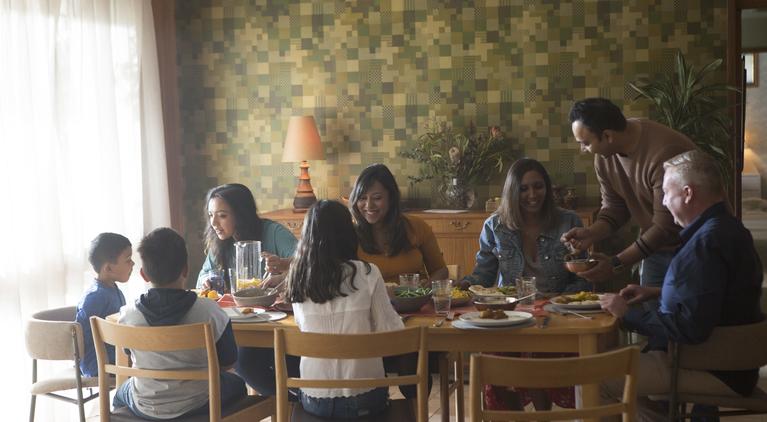Minimising the effects of climate change on ourselves and on our planet requires our best thinking.
Craig Harris, principal of Low Impact Development (LID) Consulting, considers these environmental impacts when he consults on the architecture and development of many Australian spaces. Harris shared his expertise with us and answered some questions about sustainable architecture.
Tell us about the work you and LID Consulting are doing currently?
We consult at the design stage of development and aim to recommend the most relevant sustainability initiatives for buildings. We also assist with reports seeking town planning development approvals, for Green Star certification, Building Code compliance, projects seeking best practice outcomes and waste minimisation and management solutions.
What are some common misconceptions about sustainable architecture?
In Melbourne, significantly more energy is used in heating homes than in cooling them. In much of the rest of the country it is more balanced, or even goes the other way. As such, homes in Melbourne should be designed to prioritise passive solar heating. Homes elsewhere should consider where most of their energy is likely to be used and allow passive solar heat gain or shade as appropriate.
While windows let in more light and in some instances heat, minimising the general window area will improve the thermal performance of a residential building. This is due to windows performing like a hole in the wall from an insulation point of view. In fact, walls have an insulation value that is 7.8 times higher than double-glazed windows, meaning they are much better at heat retention or exclusion. Minimising south facing windows in cooler climates can help, as they’re a major source of heat loss during winter whilst providing no winter heat gain.
Some people believe that sustainable architecture is expensive and beyond their reach, what are your thoughts on this?
Unfortunately architect designed houses are an added expense because they are designed and built once – rather than being repeated where economies of scale can be obtained. Not every site is vastly different from every other site – good designs can be repeated. Volume houses built to more standard designs can be sustainable if the floor plan has the correct orientation and living spaces make the most of solar design principles.
Too often the orientation of houses is decided by things other than passive solar design benefits. The result is higher energy costs to occupants.
Smaller houses are generally more sustainable – as less heating, cooling or lighting is needed in these houses. That is an easy way to build cheaply.
What should sustainability conscious people pay attention to when seeking out to either move into, or build, a sustainable home/apartment?
The simplest, cheapest thing that a new owner can do to improve the energy efficiency of their dwelling is to seal the air gaps around windows, doors, corners floorboards or recessed ceiling lights.
Checking for the adequacy of insulation in the roof space, walls or under the floorboards if the house has these, and the ability to retrofit insulation if it is not present is also important. Many houses older than 20 years may not have insulation in the walls, or it may not have been installed diligently, so there are gaps. In general – if kept dry – insulation batts are more effective than reflective foil in providing sufficient insulation. Also, seek out Insulation Contact rated LED lights. These run cool and efficiently while still keeping the same light as a halogen down light.
If available, check the energy bills of the new home to see how it compares to the residence you currently live in.
For homeowners building on a budget, what are the key areas where sustainable design can make the biggest impact?
Sustainable design should reduce your heating and cooling costs. If heating, cooling and hot water do not need to work as hard, you will save a significant amount of energy. Reducing energy use is a basic way to be sustainable.
Consider solutions like those that previous generations mastered – before they could just turn on an air-conditioner/heater easily.
- Ceiling fans are excellent at cooling. They are particularly nice to use in bedrooms in preference to air-conditioners on all but the hottest nights. Plus, if used in reverse in winter, they can push heat from the ceiling down to the occupied space.
- External blinds are much more effective than internal blinds at keeping the heat out of a house. Internal blinds let it in, then trap the heat allowing it to radiate off the internal blinds. Lack of external shading means a greater reliance on air-conditioning and higher energy bills, and also increases the need for on demand power sources such as coal power stations.
Other ways to be sustainable include: not building a big house unless you really need to, build and buy to last, use natural materials with less energy required in their manufacture; such as jute, a commonly used fibre used to make stylish mats
What about things homeowners can do to their existing homes?
Many of the techniques to make new homes more sustainable can be applied to existing homes. With small renovations you can seal air gaps, ensure good levels of insulation, and retrofit double-glazing. You can also purchase 50-100% accredited GreenPower.
You can switch to 100% government accredited GreenPower with EnergyAustralia’s PureEnergy plans.
To learn more about Craig Harris and contact Melbourne based LID Consulting.
*This interview reflects Craig Harris’s opinion, not EnergyAustralia’s



